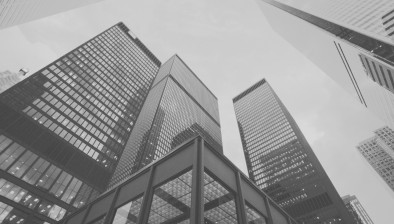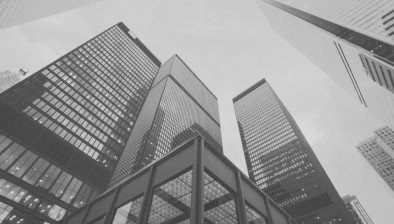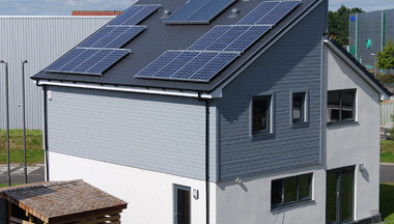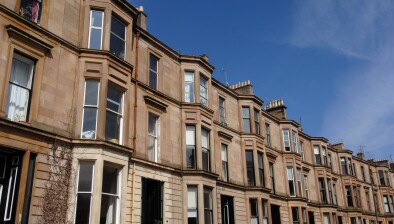Average rents increase in all but four areas across Scotland
 The average rent for a two bedroom property rose in the past year in all but four areas across Scotland, according to the latest figures from the Scottish Government.
The average rent for a two bedroom property rose in the past year in all but four areas across Scotland, according to the latest figures from the Scottish Government.
Increases ranged from 0.3% in Perth and Kinross to 6.5% in Lothian. The areas that didn’t see an increase include Aberdeen and Shire, Greater Glasgow and Renfrewshire/Inverclyde; Aberdeen and Shire actually saw a decrease of 4.1%, the fourth consecutive annual decrease, which is likely to reflect decreased demand for rental properties in recent years following the downturn in the oil industry.
These regional trends combine to show an increase of 1.5% in average rents for two bedroom properties from £643 in 2017 to £652 in 2018. This compares to an increase in the UK Consumer Price Index of 2.4% in the year to Sept-18.
Over the longer eight year period from 2010 to 2018, average rents for two bedroom properties in Lothian, Greater Glasgow and Forth Valley have risen faster than the rate of inflation of 18.7% over the full length of this time period, with all other 15 areas of Scotland seeing cumulative rent increases below the rate of inflation.
Scotland’s Chief Statistician, who released the statistics on private sector rent levels from 2010 to 2018, based the following main findings on two bedroom properties because these are the most prevalent size of property in the private rented sector.
 Figures on average rents across all property size categories, i.e. for one, two, three, and four bedroom properties as well as one bedroom shared properties, are available in the main publication.
Figures on average rents across all property size categories, i.e. for one, two, three, and four bedroom properties as well as one bedroom shared properties, are available in the main publication.
Over the eight year period from 2010 to 2018, the Lothian area has seen the highest increase in private rents for two bedroom properties, with average monthly rents rising by 42.3% (cumulative increase over 8 years), whilst average rents in the Greater Glasgow area have risen by a cumulative 31.3%.
For the remaining areas of Scotland, cumulative increases over the last eight years have ranged from 1.7% in Aberdeen and Shire to 19.5% in Forth Valley. These regional trends combine to show a 21.6% cumulative increase in average rents from 2010 to 2018 for two bedroom properties at the Scotland level.
For the year to end-September 2018, Lothian had the highest average monthly rents for two bedroom properties across Scotland (£946). Other areas with higher than average (£652) rents included Greater Glasgow (£740), East Dunbartonshire (£684) and Aberdeen and Shire (£654). Areas with the lowest average rents for two bedroom properties were Dumfries and Galloway (£461) and The Ayrshires (£475).
Figures on changes to rents over the period from 2010 to 2018 should be considered in the context of the cumulative increase in the UK Consumer Price Index of 18.7% from Sept-10 to Sept-18.
Scottish Labour said the increase in private rents show the need for the introduction of a rent cap.
Housing spokesperson, Pauline McNeill, said the party would bring in a Mary Barbour law to cap rents and increase the supply of new homes by building 12,000 new homes for social-rent every year.
Ms McNeill added: “Working people across Scotland are struggling to keep up with the rise in private rents.
“Almost half of all people made homeless last year due to rent arrears fell into debt with a private landlord.
“Scotland’s housing crisis is deepening, and it is clear radical action is needed to stop more people being made homeless.
“That is why the next Scottish Labour government will cap rent rises with a Mary Barbour law and build at least 12,000 new homes for social-rent every year.”









